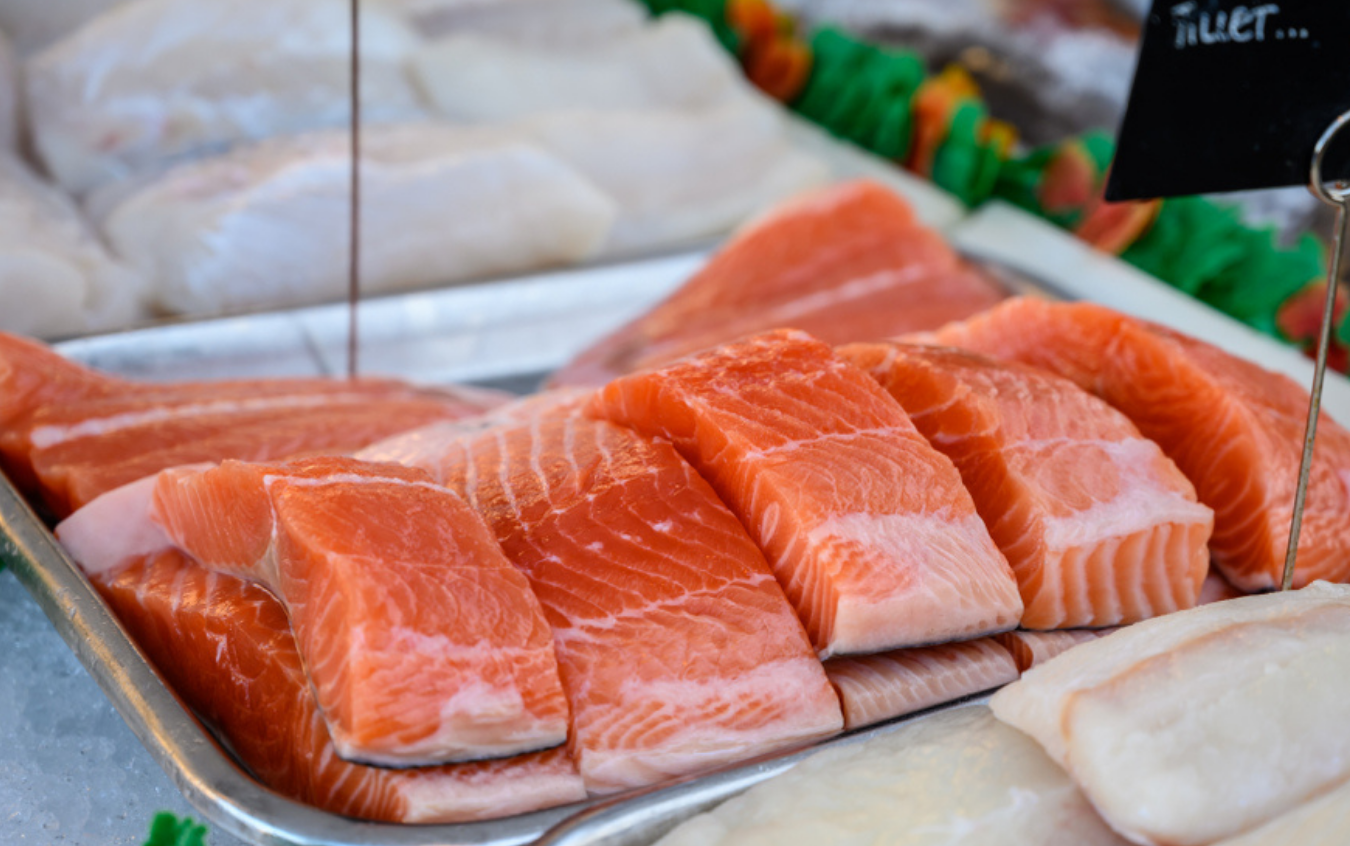Fishery products means all seawater or freshwater animals (except for live bivalve molluscs, live echinoderms, live tunicates and live marine gastropods, and all mammals, reptiles and frogs) whether wild or farmed and including all edible forms, whole fish or parts and products of such animals.
Fish and fishery products
Information on fishery products, hygiene and fish labelling for food businesses

What's on this page
Fish and fishery products
Safe smoked fish tool
We developed our free safe smoked fish tool to help smoked fish producers manage the risk of contamination of smoked fish by Listeria monocytogenes. It has multiple risk assessments to help businesses audit their practices, a handy glossary, and a resource page full of helpful advice.

Smoked, salted or marinated fish
The European Salmon Smokers Association’s (ESSA) guide to good practice for smoked and/or salted and/or marinated fish has been published by the European Commission. The guide was endorsed by the EU Member States
The guide was developed to:
- create a tool for all European fish smokers to have best practices and information for the production of safe products
- cover the requirements set by the current European regulations and Codex Alimentarius
- provide consumers with accurate and truthful information about the nature of the product they are consuming
Freezing fish and fishery products
Under food hygiene legislation, finfish and cephalopod molluscs intended to be eaten raw must be frozen before use.
These include sushi, sashimi and cold smoked fish where the smoking process does not achieve a core temperature of 60°C for at least one minute.
This is to prevent infection from Anisakis (parasitic worms) that can be present in certain species of wild fish. Cooking to 60°C for at least one minute or freezing below –20°C for not less than 24 hours, or –35°C for not less than 15 hours is sufficient to kill any viable parasites. Hygiene requirements for fishery products are set out in Annex III, Section VIII of Regulation No 853/2004.
